Biography
Born in Vienna in 1879, Karl Schmoll von Eisenwerth had attracted attention early on with his talent for painting, which he had inherited from both sides of his family.
His father Anton Adolph was born in the Saarland and had worked his way up in France to become a construction site manager for bridges. On behalf of his company, he had moved to Vienna in 1868, where he married Josephine Uhl, the sister of the painter Louis Uhl. Young Karl thus spent the first ten years of his life in Vienna before his family returned to St. Wendel, his father's hometown. When Karl was 15 years old, the family settled in Darmstadt because Eisenwerth Sen. wanted to create better educational opportunities for his four sons and two daughters than he had had himself. Young Karl quickly made contact with the artists of the artists' colony that was just being established on the Mathildenhöhe. His studies in painting eventually led him to the Academy of Art in Munich. There he met Ferdinand von Poschinger, the heir to a long-established glassworks in the Bavarian Forest. While still a student, Poschinger invited him to create designs for his company. Karl spent the years 1898/99 with eager experiments and studies, which then earned him and the Ferdinand von Poschinger company a silver medal at the World Exhibition in Paris. Over the years, he repeatedly created glass designs for his friend, with whom he remained in lifelong contact. After working briefly in the teaching and experimental studios of Wilhelm von Debschitz and Hermann Obrist, Karl, at the age of only 28, was called to the Technical University in Stuttgart, where he held a full professorship in drawing, watercolor painting and decorative design at the Faculty of Architecture.
During his studies, Karl Schmoll von Eisenwerth succeeded to undertake again and again longer journeys. He kept in touch with Vienna and the artists of the Vienna Secession, visited Paris and Rome, and even went to Denmark and Norway.
During the Second World War and the destruction of the Technical University in Stuttgart and his private apartment due to the war, he and his wife Irmgard moved to Osternberg near Braunau/Inn, where he died in 1948.
Among his best-known works of art is the fresco 'Meeres-Idylle' (Sea Idyll), unfortunately destroyed in the war, which Schmoll painted at Joseph Maria Olbrich's instigation in 1901, immediately after completing his studies, in the Habich house on the Mathildenhöhe, and the Nibelungen cycle, 1913-14 in the Cornelianum in Worms, built by Theodor Fischer in 1910, which is also known today only from contemporary illustrations.
We regularly sell objects by Karl Schmoll von Eisenwerth in our auctions. If you want to sell your objects, our experts are always at your disposal.
Objects by Karl Schmoll von Eisenwerth
-
Sold
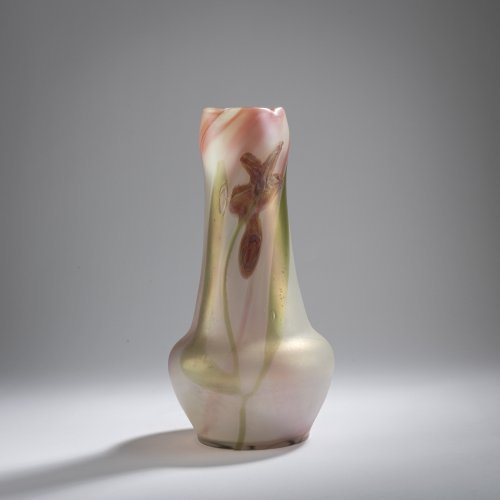
Karl Schmoll von Eisenwerth Poschinger, Ferdinand von, Buchenau
Marquetry-Vase, 1901-03
Hammer Price: 1,300 €
-
Sold
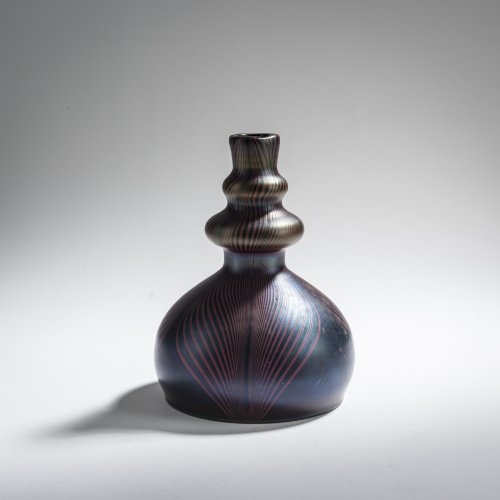
Karl Schmoll von Eisenwerth Poschinger, Ferdinand von, Buchenau
Small 'Peacock Feather' vase, c. 1900
Hammer Price: 600 €
-
Sold
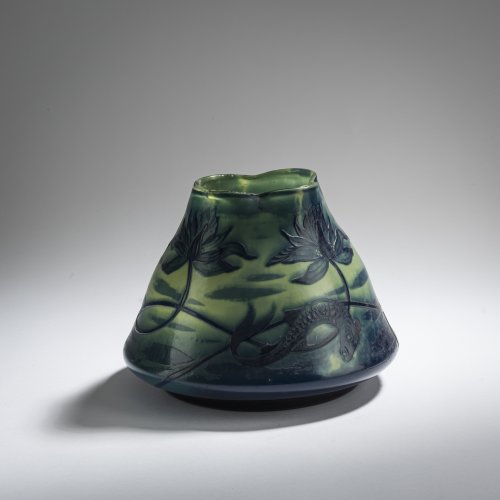
Karl Schmoll von Eisenwerth Poschinger, Ferdinand von, Buchenau
Vase 'pond landscape', before 1900
Hammer Price: 2,500 €
-
Sold
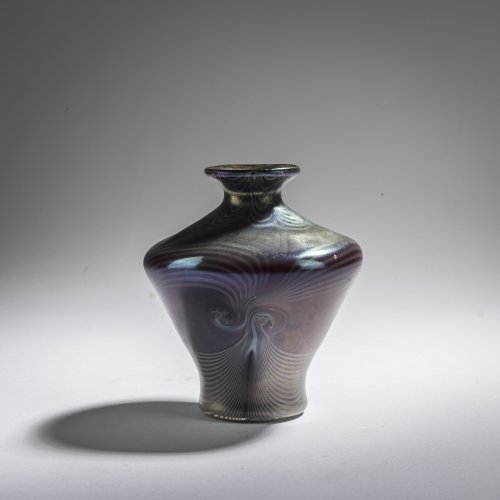
Karl Schmoll von Eisenwerth Poschinger, Ferdinand von, Buchenau
Small 'Peacock Feather' vase, c. 1900
Hammer Price: 900 €
-
Sold
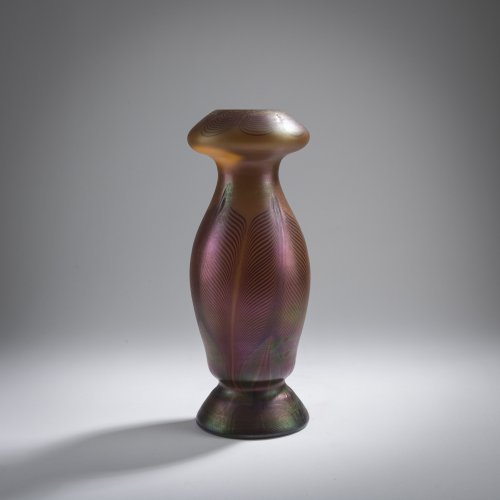
Karl Schmoll von Eisenwerth Poschinger, Ferdinand von, Buchenau
'Peacock Feather' Vase, c. 1900
Hammer Price: 3,000 €
-
Sold
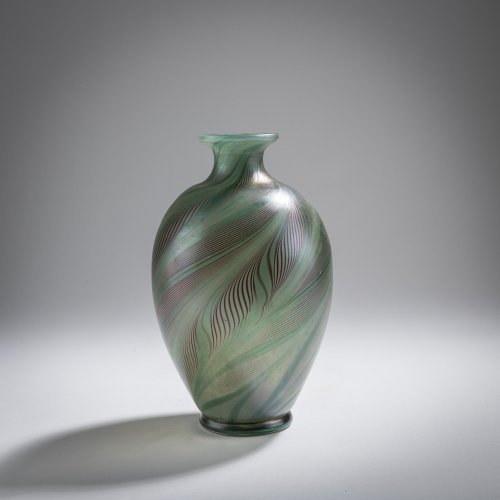
Karl Schmoll von Eisenwerth Poschinger, Ferdinand von, Buchenau
'Peacock Feather' Vase, c. 1900
Hammer Price: 2,600 €
-
Sold
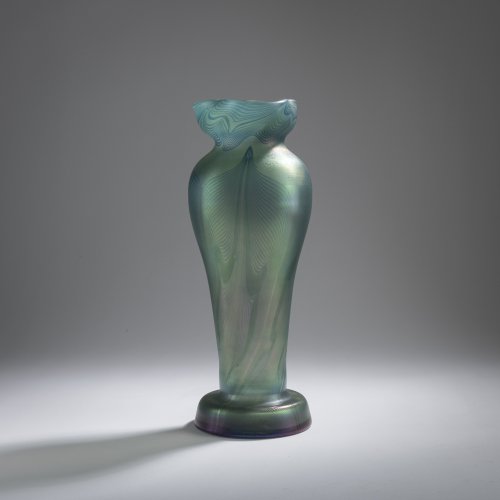
Karl Schmoll von Eisenwerth Poschinger, Ferdinand von, Buchenau
'Peacock Feather' Vase, 1899/1900
Hammer Price: 2,800 €
-
Sold
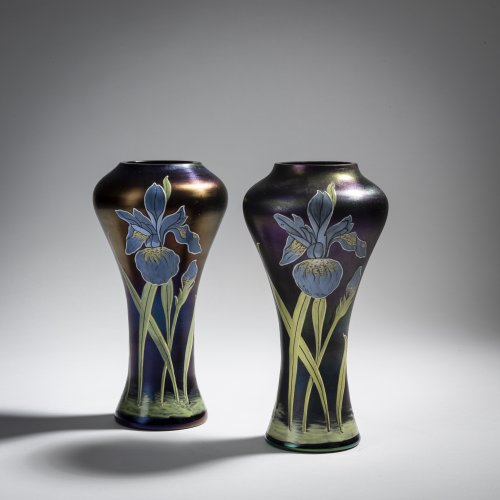
Karl Schmoll von Eisenwerth (attributed) Poschinger, Ferdinand, Buchenau
Set of two vases, c. 1899
Hammer Price: 300 €
-
Sold
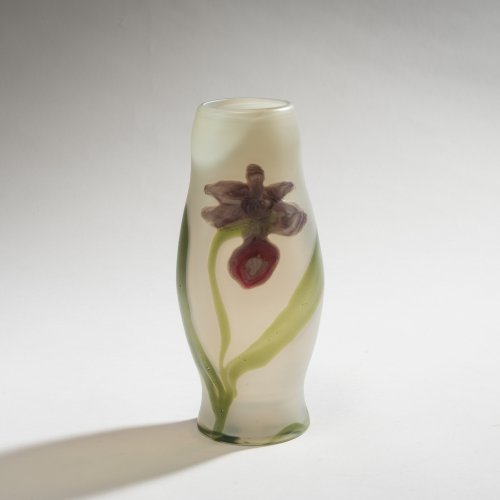
Karl Schmoll von Eisenwerth Poschinger, Ferdinand, Buchenau
Marquetry Vase ', before 1900
Hammer Price: 550 €
-
Sold
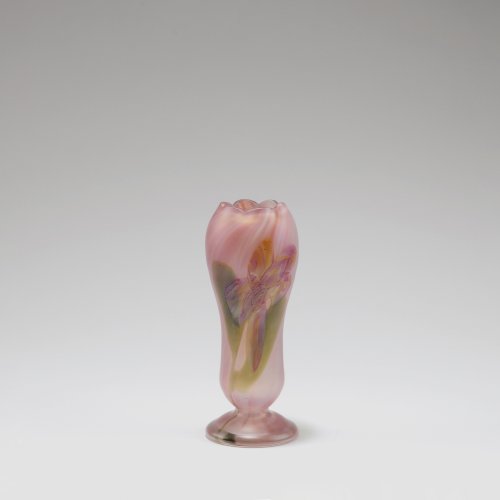
-
Sold
